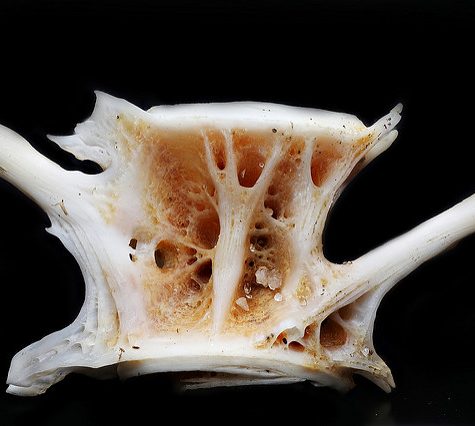Poeciliopsis prolifica (Embryo)
$19.00 – $400.00Poeciliopsis prolifica, or the blackstripe livebearer, is a species of small freshwater fish in the family Poeciliidae. It is endemic to Mexico.[3] It is a viviparousspecies and the female can have several clutches of young developing internally at the same time, hence the specific name prolifica, from the Latin proles, “offspring” and ferax, “rich, fruitful” in reference to the great number of young produced.







